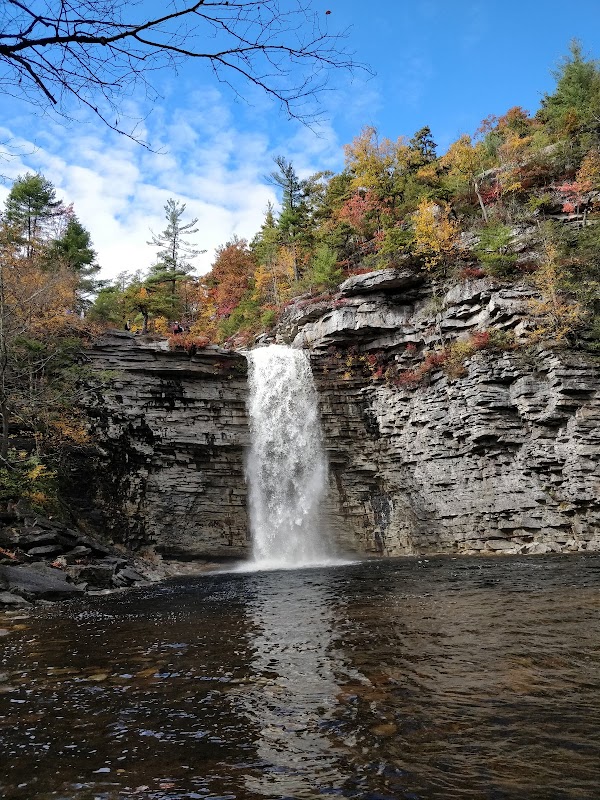
Thrill and Endurance at the Annual Jersey City Triathlon
The Annual Jersey City Triathlon offers a unique blend of urban energy and waterfront challenge, testing athletes across swimming, biking, and running. Whether you’re a seasoned triathlete or a determined beginner, this race delivers a practical and thrilling experience along the dynamic cityscape and Hackensack River.
Hydrate Early and Often
Start your hydration well before race day and use the aid stations to maintain optimal fluid levels during each stage.
Invest in Triathlon-Specific Shoes
Choose shoes that balance quick drainage with firm support for rapid transitions from swim to bike and run.
Scout the Route Ahead
Visit the course before race day to memorize transition areas, sharp turns, and any challenging segments.
Start Early to Beat City Heat
Morning race starts benefit from cooler temperatures and lighter crowds, giving you smoother passage.
Thrill and Endurance at the Annual Jersey City Triathlon
Each summer, Jersey City transforms into a vibrant arena of grit and momentum with the Annual Jersey City Triathlon. This urban triathlon course is an engaging test of stamina and skill, weaving through city streets and waterfronts, capturing that rare harmony of downtown energy and waterfront calm.
The triathlon unfolds in three demanding stages: a 500-meter swim in the gently undulating currents of the Hackensack River, a 12-mile bike ride threading through Jersey City’s dynamic neighborhoods and waterfront paths, and a 5K run that pushes athletes along lush city parks with shimmering skyline views. The swim challenges your rhythm against a river that dares you forward while the bike segment invites a high-speed dance with urban turns and waterfront stretches. The final run is where your body converses with the environment, the cool breeze pushing you forward as the city's trees line your path, their leaves rustling encouragement.
Practical preparation is key. Hydration is vital—carry a sports bottle, and take advantage of the aid stations throughout the course. Footwear must be versatile, ready to transition quickly from swim to bike to run – consider triathlon-specific shoes that balance drainage and stiffness. Timing your race early in the morning can mean cooler waters and quieter streets.
This triathlon isn't for spectators alone; it’s a call to those who respect their limits but seek to extend them. Seasoned triathletes appreciate the compact, urban course's demand for quick thinking and nimble movement, while newcomers find an accessible yet challenging introduction to multi-sport racing.
The environment itself is a competing force—water currents that shift with the tide, pavement that heats with midday sun, and urban breeze that moves like a pulse. Respect these elements, and they become allies rather than obstacles.
If you’re plotting to take on this course, plan for a route preview day to familiarize yourself with transitions and turns. Train with brick workouts—bike then run—to simulate your race day experience. Bring layered attire compatible with Jersey City’s summer climate, lightweight but protective against unexpected heat spikes or cool waterfront drafts.
In sum, the Jersey City Triathlon provides a rare urban adventure fused with athletic discipline. It’s a test not only of fitness but of adaptability against an environment that is fiercely itself—fluid, vibrant, and real.
Nearby Trips
All Adventures
Boat Charters
Water Activities
Adventures near Jersey City, New Jersey
Discover the unique and memorable adventures that make Jersey City, New Jersey special.
Frequently Asked Questions
Is open-water swimming in the Hackensack River safe for participants?
The event organizers conduct water quality tests before the race to ensure safety. The river currents can vary with tides, so wetsuits are recommended and lifeguards patrol the swim course. Participants should be comfortable with open-water swimming and aware of local conditions.
Can beginners participate in this triathlon?
Yes, the triathlon’s moderate distances and urban setting make it accessible for beginners with adequate preparation. It’s advised to train specifically for transitions and to familiarize oneself with the course ahead of time.
Are there aid stations on the course?
Yes, strategically placed aid stations offer water and sports drinks during the bike and run stages, and a hydration area is available post-swim. This supports safe and effective hydration throughout the race.
What are some lesser-known sights along the bike route?
Riders pass through historic neighborhoods featuring murals and old industrial architecture, as well as the subtle greenery of Berry Lane Park, a quiet urban oasis seldom noticed amid the waterfront buzz.
What local wildlife might I encounter throughout the event?
While urban, the waterfront areas attract herons, seagulls, and occasional river otters along quieter stretches. The trees lining the run route often host songbirds adding natural soundtrack to the race.
Are there specific environmental practices at the event?
Yes, the triathlon partners with local green initiatives, encouraging athletes to minimize waste with reusable bottles and proper disposal. The course avoids sensitive natural habitats and organizers work to preserve the river’s health.
Recommended Gear
Triathlon wetsuit
Offers buoyancy and flexibility required for efficient open-water swimming in the Hackensack River.
Triathlon shoes
Designed for fast transitions; provide drainage and support for both biking and running.
Hydration belt or bottle
Keeps fluids available during biking and running segments to maintain energy.
Lightweight breathable clothing
Helps regulate temperature and manages sweat while moving through urban heat.
Local Insights
Hidden Gems
- "Berry Lane Park – a serene green space offering shaded respite near the bike course"
- "Historic Murals of Journal Square – colourful, often overlooked art along the bike route"
Wildlife
- "Great blue herons frequent the river edge"
- "River otters occasionally seen near less-trafficked waterfront segments"
History
"Jersey City’s growth from a 19th-century industrial hub to a modern urban center shapes the race’s pathway, with sections passing rebuilt waterfront docks and preserved industrial sites."
